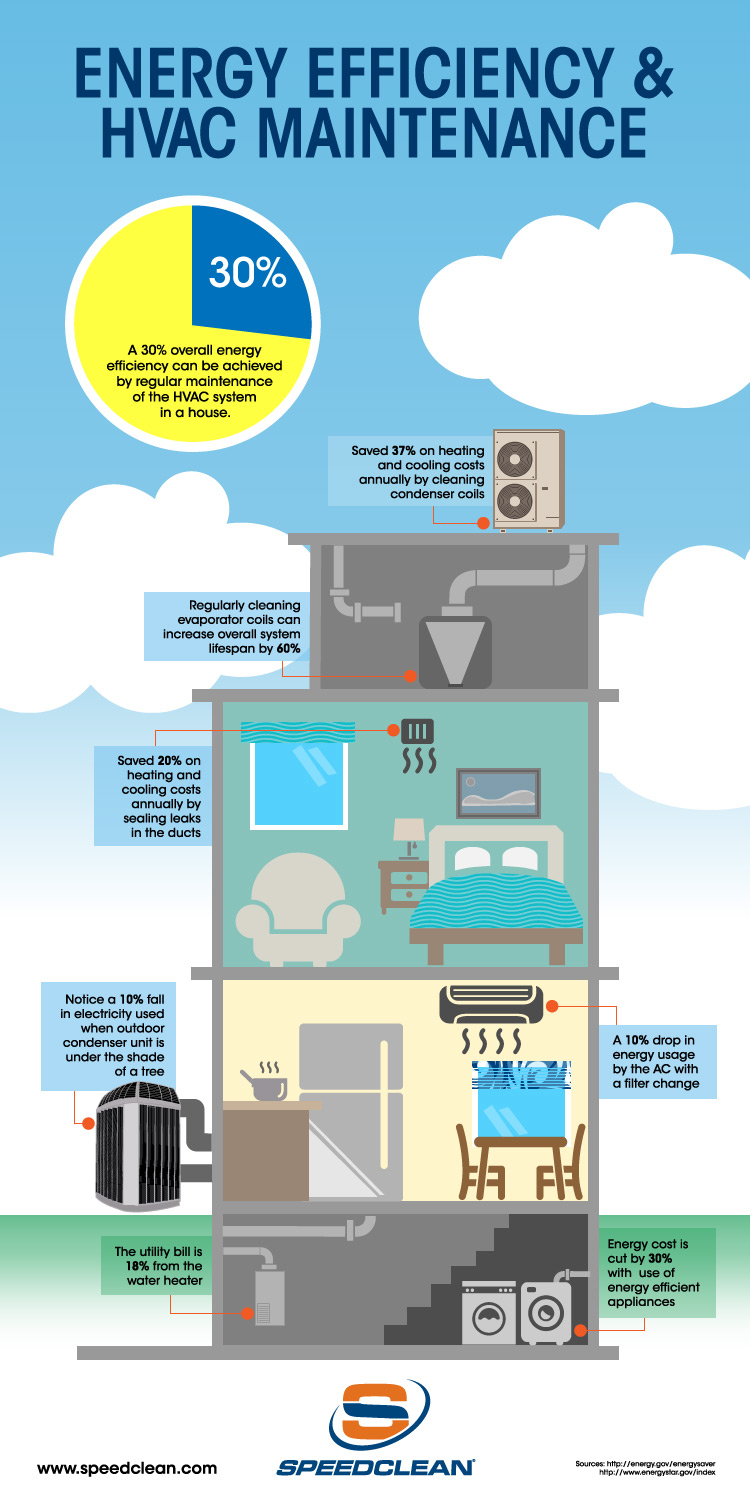Comprehending The Results Of Weather Condition On Heatpump Functionality And How To Mitigate Them
Comprehending The Results Of Weather Condition On Heatpump Functionality And How To Mitigate Them
Blog Article
Author-Drejer Maher
When it comes to your heat pump, weather plays an essential role in its efficiency. From freezing temperatures to sweltering heat, each aspect can affect exactly how successfully your system operates. But what can you do to fight these weather-related challenges and guarantee your heat pump is working at its best? Stay tuned to find practical tips and strategies to optimize your heat pump's performance, no matter the climate condition it encounters.
Climate Factors Influencing Heatpump Performance
Weather condition elements have a considerable influence on the effectiveness of heatpump. One crucial factor is temperature. Heat pumps function by transferring warm from outdoors to within throughout winter season and the other way around in summer. As temperature levels decline, it becomes harder for the heatpump to essence warm from the outdoors air, decreasing its efficiency.
An additional key element is moisture. High humidity degrees can make it much more difficult for the heat pump to launch heat throughout the cooling procedure.
Additionally, wind rate plays a role. Solid winds can dissipate the warm soaked up or launched by the heat pump, impacting its total performance.
Tips for Optimizing Heatpump Efficiency
To enhance the performance and longevity of your heatpump, executing a few crucial techniques can make a substantial distinction in its efficiency.
To start with, make certain routine maintenance by cleansing or replacing filters every 1-3 months to prevent airflow clogs and optimize airflow. Additionally, timetable yearly professional evaluations to detect and attend to any potential problems early on.
Ideal thermostat setups also play a crucial role. Throughout the winter, go for a temperature level setting that's as reduced as comfy, and during the summer season, established it as high as comfortable to reduce the workload on your heat pump. Using a programmable thermostat can assist you instantly adjust settings based on your timetable.
Additionally, securing leakages in ductwork and shielding air ducts in unconditioned rooms can avoid power loss and boost total system performance.
Last but not least, take into consideration installing a smart thermostat that can learn your practices and change setups appropriately, more optimizing your heatpump's performance. By adhering to these ideas, you can ensure your heatpump operates successfully and successfully throughout the year.
Best Practices for Weatherproofing Your Heat Pump
For ideal performance and efficiency of your heatpump, applying weatherproofing actions is crucial. Start by sealing any kind of spaces or splits around doors, home windows, and ductwork to avoid warmth loss and keep a regular interior temperature level.
Shield exposed pipelines and air ducts to avoid cold throughout cold weather and guarantee correct air flow. Take into consideration installing a safety cover over the exterior system to shield it from severe climate elements like snow, ice, and particles.
Regularly simply click the following page to eliminate dirt, leaves, and debris that can obstruct airflow and reduce efficiency. Furthermore, maintain the location around the heatpump clear of snow, ice, and plant life to enable proper air flow.
Verdict
Now that you understand how climate impacts your heat pump efficiency, you can take aggressive steps to maximize its performance. By following the ideas outlined in this short article, such as regular upkeep, thermostat adjustments, and weatherproofing steps, you can ensure that your heat pump operates at its best regardless of the weather conditions. Keep successful and keep your home comfy all the time.
